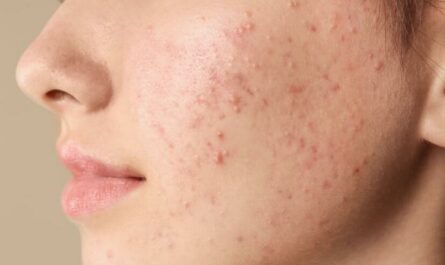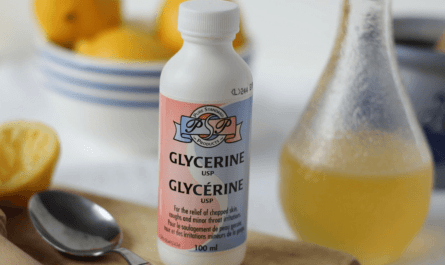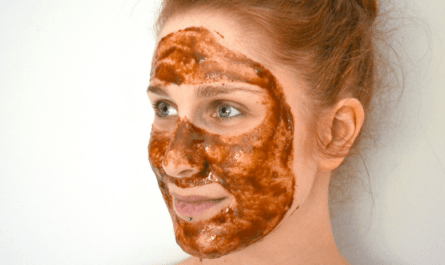Armpit rashes are a common skin condition that affects people of all ages. They happen when your sweat mixes with bacteria on your skin, creating an itchy rash. Armpit rashes are extremely common, especially in warm weather when people are sweating more, and there’s not much you can do to prevent them.
A rash in the armpit is often very itchy and may be painful. It may also be red, have a different texture to the skin around it, and have small bumps on it. The rash will often be in one or both armpits, though it’s possible to have an armpit rash on one side only.
There are different reasons why people have armpit rash. Sometimes, people get armpit rash because of the things they have eaten. An itchy rash in the armpit could also be caused by irritation from deodorant or antiperspirant. Some people may be sensitive or allergic to deodorant ingredients and antiperspirants.
If you experience armpit rash symptoms, such as itching, redness, or skin discomfort, you can try applying an ice pack to reduce inflammation and soothe the area. You can also try applying an oatmeal bath or hydrocortisone cream to the affected area to reduce irritation and skin redness.
Drinking plenty of water and eating a diet rich in iron can help reduce the risk of armpit rash and the severity of symptoms. This article will discuss the top 10 natural remedies to get rid of armpit rash.
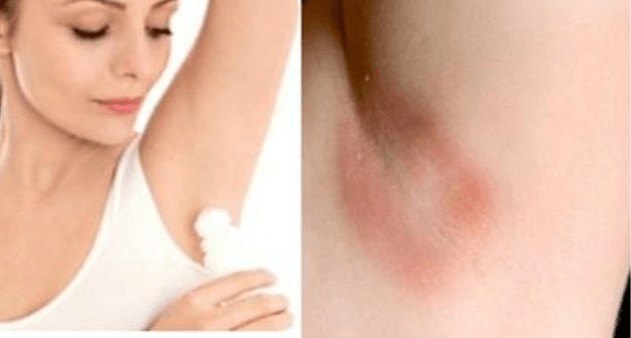
Top 10 Natural Remedies to Get Rid of Armpit Rash Fast
1. Aloe Vera
Aloe Vera is known for its good properties. It is known to help heal the skin against breakouts, so it is not surprising that it can also help heal rashes found in the armpit area. You may choose to use fresh Aloe Vera leaves, or you may also want to use Aloe Vera extract.
- Apply the gel of the Aloe Vera leaves on the rash,
- Leave it on for a few minutes
- Wash it off with cold water.
2. Lemon
Lemon is one of the people’s favorite citrus fruits. It can help eliminate the rash in your armpit because it can help kill the bacteria you might have on your arms. The best thing about this is that you can also use it as a deodorant.
- Place a swipe of lemon on your armpits to eliminate your problems.
- You may want not to use lemon after you have shaved.
- You can do this every day.
Read:10 Natural Home Remedies to Get Rid of Rash on Inner Thigh
3. Baking Soda
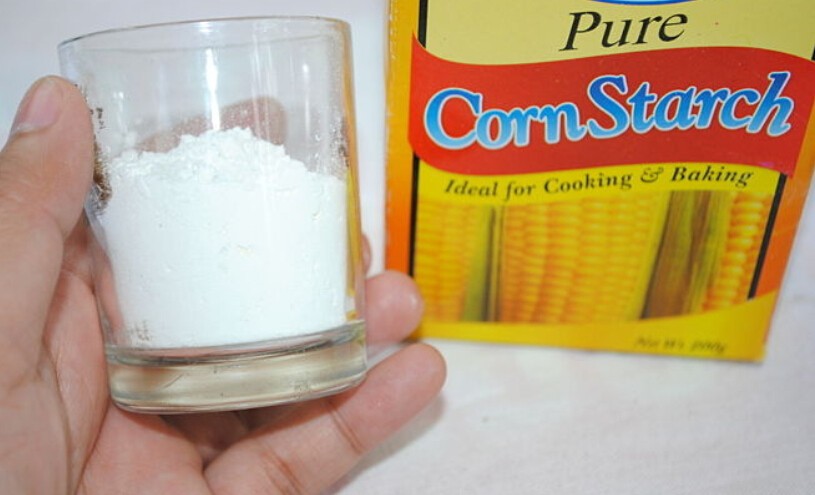
The best thing about baking soda is that it can help eliminate the rash on your armpit. There are different options on what you can do so that it will be effective for you.
- Place the baking soda in your bathwater.
- Place the baking soda on your armpit so as not to feel wet.
- Leave it on until such time that it becomes correct.
4. Ice
The coolness of ice can be beneficial. You can be sure that this can effectively eliminate the problems you may have associated with your armpits.
- Place the ice on the affected area.
- Leave it for a few minutes to help eliminate the itch and the pain.
- You may have to do it as often as you want.
Read: How to Get Rid of a Rash Fast At Home
5. Hot Compress
The great thing about using the hot compress is that it can help promote drainage. You can ensure that this will be effective in getting rid of the itch.
- Place the hot compress on the affected area for an extended period.
- Remember that you would have to change the hot compress, especially if you plan on using this for an extended period.
- You may have to alternate this with a cold compress if needed.
6.Vitamin E
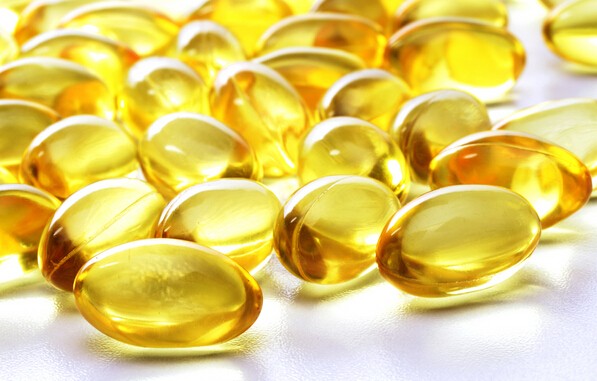
The great thing about Vitamin E is it is known to be good for the skin. It also helps promote the production of new cells whenever old cells are removed. This can also help relieve the itch that you may be experiencing.
- Place the Vitamin E oil directly on the skin using your fingers.
- Massage your Vitamin E oil so that the skin will absorb it.
- Do this twice daily until you get relief from the itch.
7. Potassium Alum
You have to remember that Potassium Alum contains astringent and antiseptic properties. This can help prevent the bacteria that may be causing the itch to take place. Remember that this is very easy to use and purchase too.
- Place directly under the armpits in powder form if you are uncomfortable placing the stone underneath your armpit.
- Pace it on your underarm after you have taken a bath.
8. Coconut Oil
Coconut oil has always been good for the skin, so it is not surprising that this is also good for getting rid of rashes that you may have on your skin. Do remember that coconut oil is known to eliminate the inflammation that you may have on your skin.
- Mix coconut oil with baking soda to make a paste.
- Apply the paste all over the rash.
- Let the rashes soak on the skin for about 5 minutes, so you have nothing to worry about.
9. Tea Tree Oil
The great thing about tea tree oil is that it can be beneficial. It can help eliminate the fungus that may be causing the infection. It can also be used as an excellent remedy to help get rid of the itchiness that you may be feeling.
- Get a cotton ball and dip it in tea tree oil with water.
- Place the tea tree oil with water on the affected skin area.
- Make sure that you will blend well so that the skin will absorb the tea tree oil.
10.Vitamin C

Vitamin E is not only the type of vitamin that can help fight the itchiness you might feel. You have to ensure you can get rid of the problems you may have. This can also help get rid of the various infections that can be found on the skin.
- Place vitamin C directly on your skin not to have any problems with your skin.
- Do this about 2 – 3 times a day regarding what you should do.
How to prevent Armpit Rash?
Here are some tips to help prevent armpit rash:
- Keep the area clean and dry: Moisture and sweat can contribute to the development of armpit rash, so it’s important to keep the area clean and dry. Always shower regularly, especially after sweating, and use a gentle soap.
- Wear loose clothing: Tight clothing can trap moisture and sweat, leading to irritation and rashes. Opt for loose, breathable fabrics like cotton and avoid synthetic materials.
- Use antiperspirant or deodorant: Antiperspirants can help control sweat, while deodorants can help mask any unpleasant odor. Look for products that are gentle on the skin and free from irritants.
- Avoid shaving: Shaving can irritate the skin and lead to razor burn or ingrown hairs, which can contribute to the development of armpit rash. Consider using a depilatory cream or waxing instead.
- Use talcum powder: Talcum powder can help absorb excess moisture and prevent chafing, which can contribute to the development of armpit rash.
- Avoid harsh chemicals: Harsh chemicals found in some soaps, laundry detergents, and fabric softeners can irritate the skin and lead to rashes. Look for products that are free from fragrances and dyes.
- Stay hydrated: Drinking plenty of water can help keep the skin hydrated and reduce the risk of developing armpit rash.
If you do develop an armpit rash despite taking these preventive measures, it’s important to avoid scratching or picking at the rash, as this can make it worse.
Applying a soothing cream or ointment can help relieve discomfort and promote healing. If the rash persists or worsens, consult a healthcare professional for further advice and treatment options.


